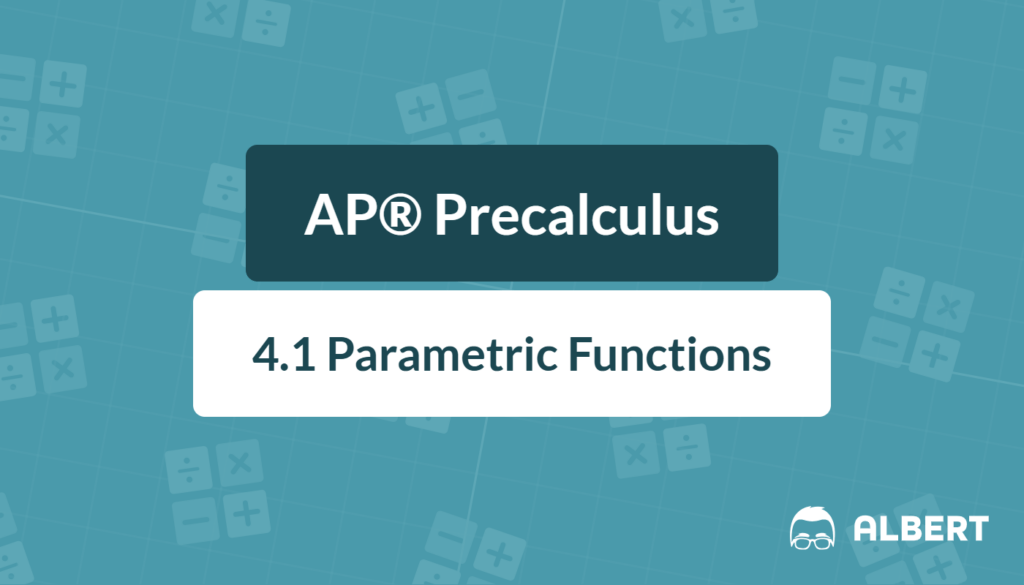What We Review
Introduction
Parametric equations might sound complex, but they’re just another way of representing curves. Instead of expressing a curve all at once, parametric equations use a parameter, typically labeled as (t), to define both the x and y coordinates. Understanding these graphs of parametric equations is key in Precalculus, as they help solve real-world problems involving motion and paths. Let’s talk about the most important topics from section 4.1 Parametric Functions in AP® Precalculus.
What are Parametric Equations?
Parametric functions consist of two separate equations for x and y, both depending on a third variable, the parameter (t). For instance:
- (x(t)=f(t))
- (y(t)=g(t))
In these equations, (t) represents the independent variable, while (x) and (y) are dependent on it. This format is incredibly flexible, allowing for effective modeling of various scenarios, like the trajectory of a moving object.
Constructing a Graph of a Parametric Function
Creating graphs of parametric equations involves several steps:
- Define the Parametric Equations: For example, let the equations be (x(t)=t2) and (y(t)=2t+1).
- Generate a Numerical Table: Choose specific values for (t) and calculate corresponding (x) and (y).
- (t=−2): (x(−2)=4),(y(−2)=−3)
- (t=0): (x(0)=0),(y(0)=1)
- (t=2): (x(2)=4),(y(2)=5)
- Plot the Points: Using the table, plot each point on a graph.
- Connect the Points: Draw a smooth curve through the points to represent the function.
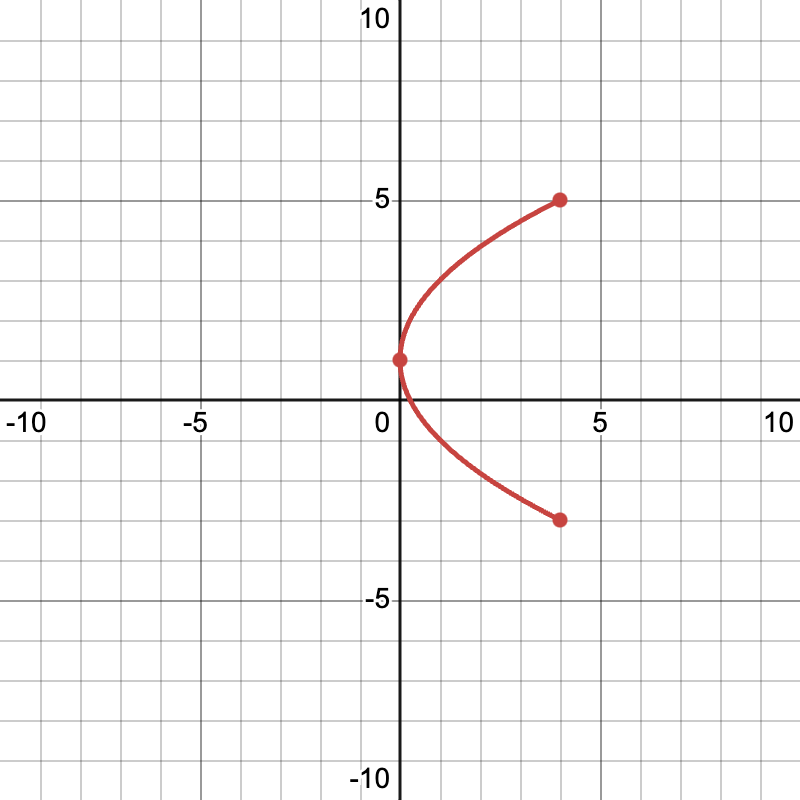
Example 1: Consider the parameters (x(t)=t) and (y(t)=t2). Let (t=−2,−1,0,1,2).
- Create the table:
| t | x(t)=t | y(t)=t2 |
| -2 | -2 | 4 |
| -1 | -1 | 1 |
| 0 | 0 | 0 |
| 1 | 1 | 1 |
| 2 | 2 | 4 |
- Plot and connect these: Observe a parabolic path opening upwards.
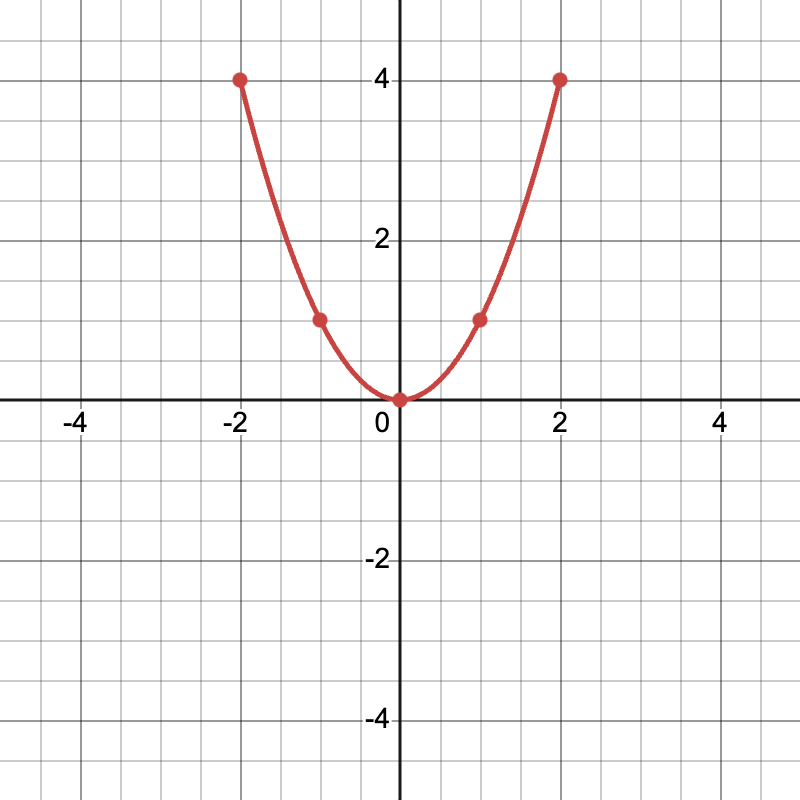
Understanding the Domain of Parametric Functions
The domain of parametric equations, concerning (t), influences where the graph starts and stops. For instance, a parameter restriction (0≤t≤2) indicates a segment of the entire curve.
Analyze the domain of (x(t)=cos(t)), (y(t)=sin(t)) for (0≤t≤π).
- The curve forms half a circle from the positive x-axis to the negative one.
Exploring Different Types of Parametric Curves
Parametric equations can graph many curve types, like circles or ellipses.
- Circle: Use (x(t)=rcos(t),y(t)=rsin(t)).
Example 3: Graph a circle with radius 3. The equations are (x(t)=3cos(t)), (y(t)=3sin(t)), running (0≤t≤2π).
- The complete path forms a circle centered at the origin.
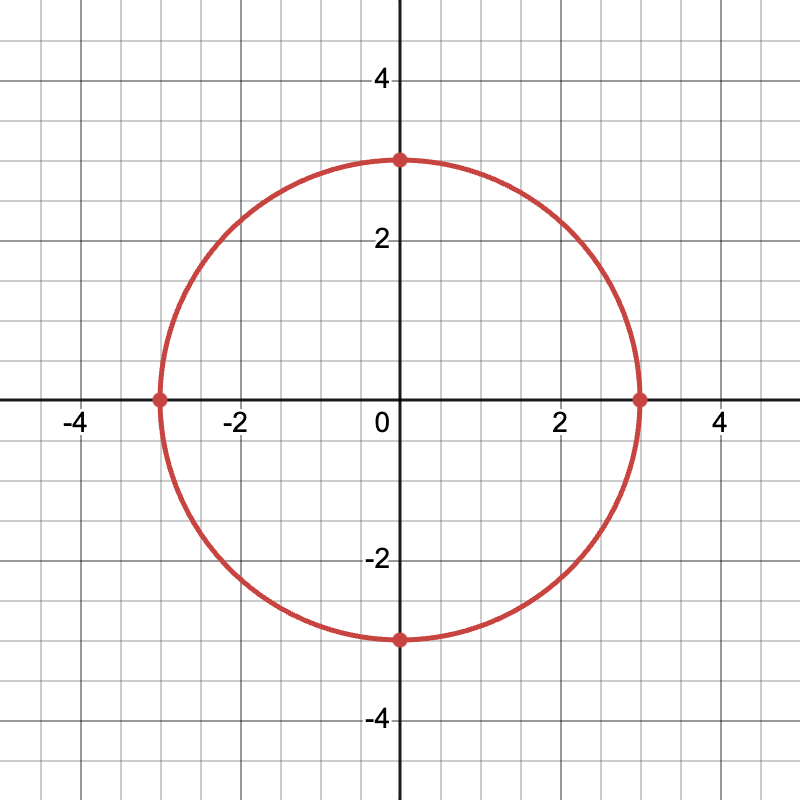
Using Parametric Equations in Real-World Applications
Parametric equations often model real-life scenarios, such as motion paths.
Example 4: Model a projectile’s path. Suppose (x(t)=5t), (y(t)=20t−5t2).
- Here, (y(t)) represents vertical motion influenced by gravity, while (x(t)) describes constant horizontal speed.
Quick Reference Chart
| Vocabulary | Definition/Key Feature |
| Parametric Equations | Equations defining x and y in terms of a parameter (t) |
| Parameter (t) | Independent variable controlling other variables |
| Domain | Range of (t) values that determine the graph’s extent |
Conclusion
Mastering the graphs of parametric equations in Precalculus opens up many ways to visualize motion and trajectories. This understanding is vital for real-world applications and deeper mathematical exploration. Keep practicing these concepts for a solid foundation and explore more complex scenarios. Happy graphing!
Sharpen Your Skills for AP® Precalculus
Are you preparing for the AP® Precalculus exam? We’ve got you covered! Try our review articles designed to help you confidently tackle real-world math problems. You’ll find everything you need to succeed, from quick tips to detailed strategies. Start exploring now!
- 3.14 Polar Function Graphs
- 3.15 Rates of Change in Polar Functions
- 4.2 Parametric Functions Modeling Planar Motion
Need help preparing for your AP® Precalculus exam?
Albert has hundreds of AP® Precalculus practice questions, free responses, and an AP® Precalculus practice test to try out.

